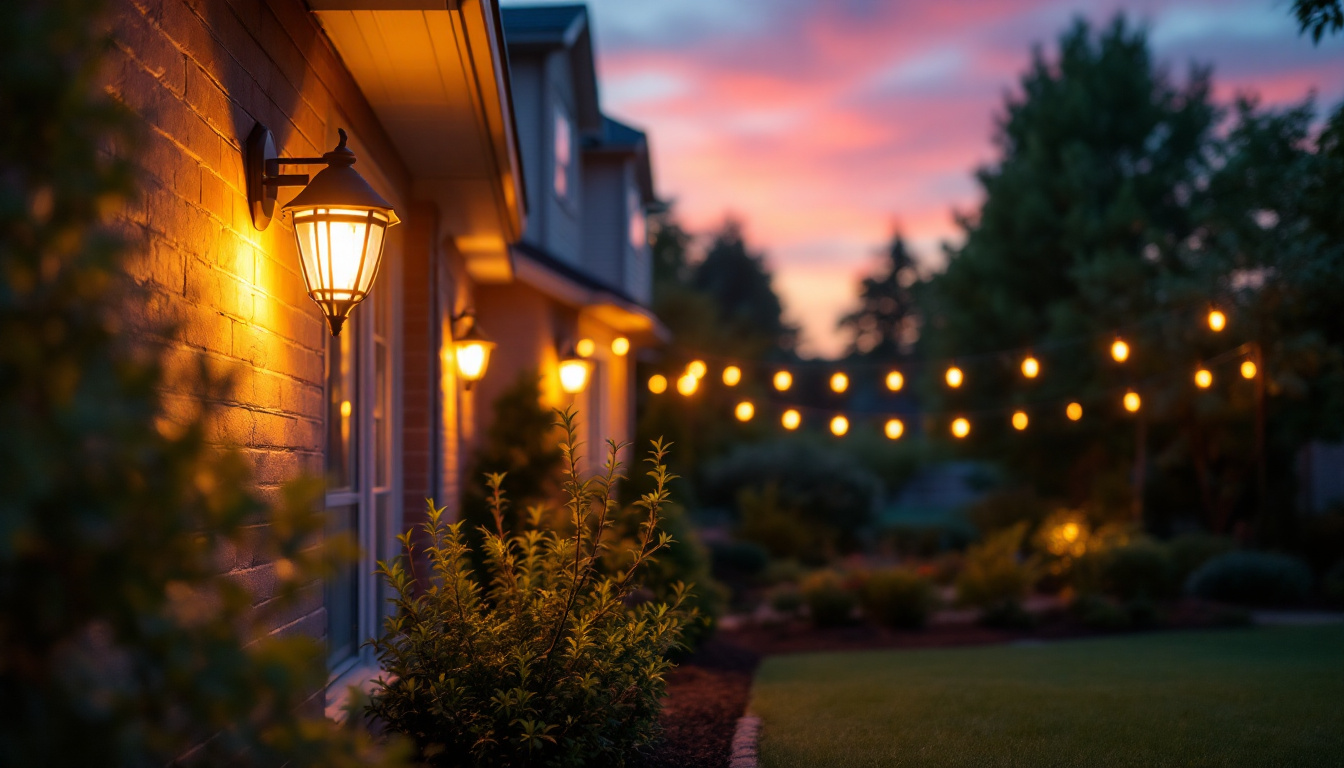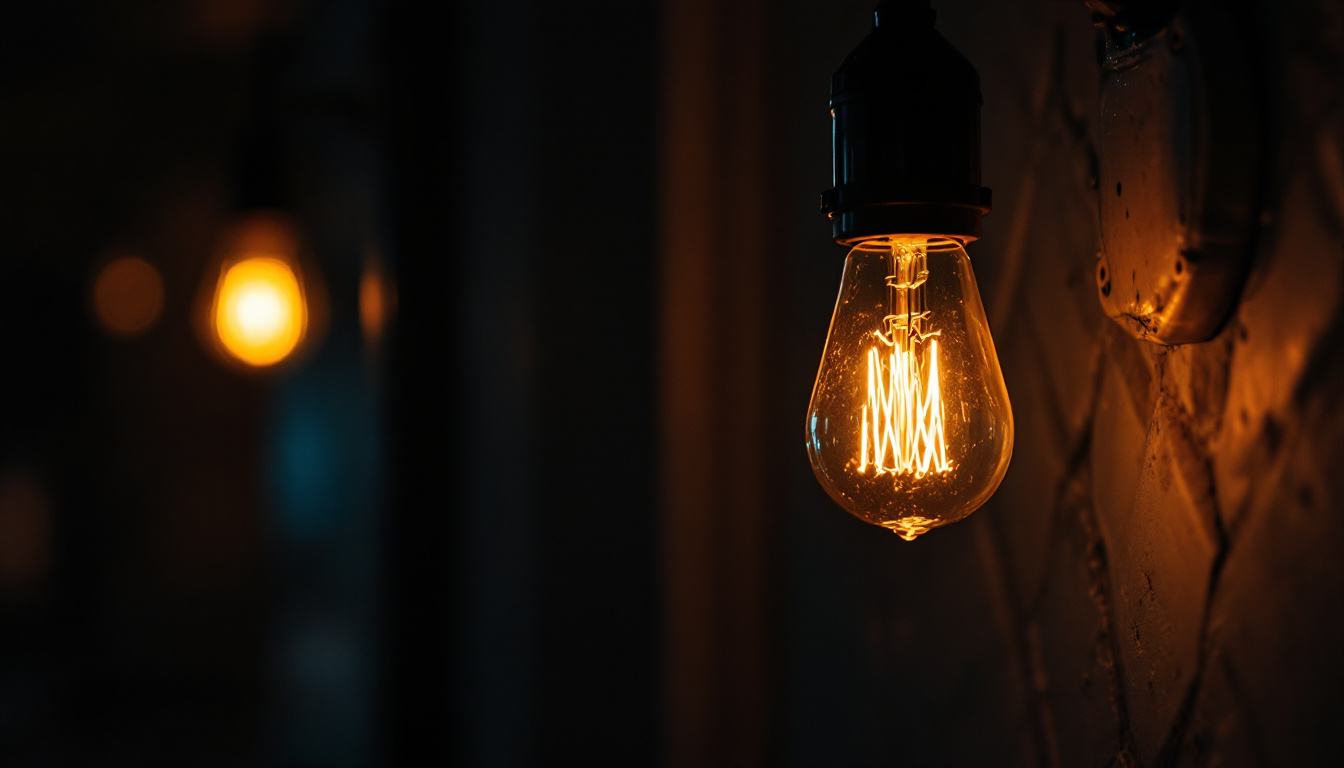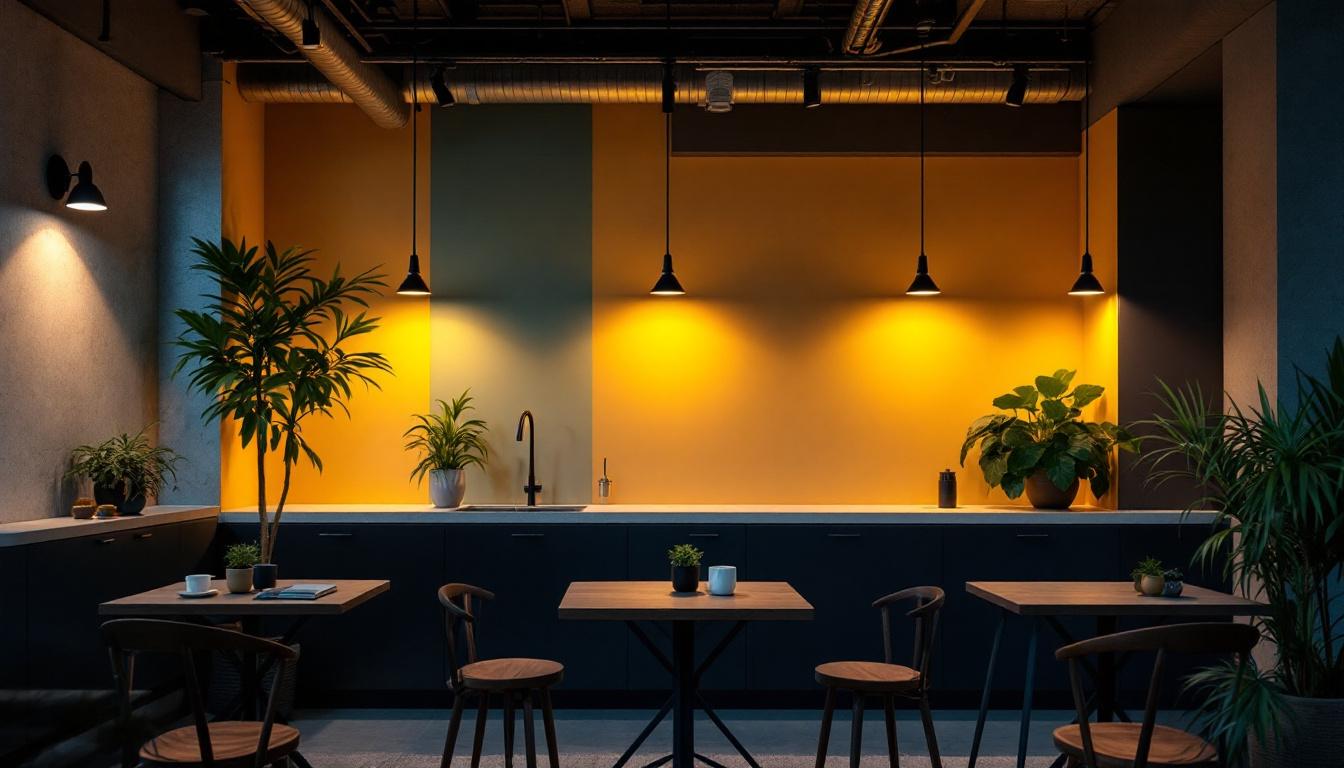
In the ever-evolving world of lighting design, LED technology has emerged as a game changer, particularly in outdoor lighting applications. For lighting contractors, understanding the implications of LED outside lights on project execution, design, and client satisfaction is crucial. This article delves into the various facets of LED outdoor lighting and its impact on the work of lighting contractors.
LEDs, or Light Emitting Diodes, have transformed the landscape of outdoor lighting. Their energy efficiency, longevity, and versatility make them an attractive option for both residential and commercial projects. As more clients seek sustainable and cost-effective solutions, lighting contractors must adapt to these demands.
One of the most significant advantages of LED lighting is its energy efficiency. Compared to traditional incandescent or halogen bulbs, LEDs consume a fraction of the energy while providing the same level of brightness. This efficiency translates into lower energy bills for clients, making LED solutions appealing from both an environmental and financial perspective.
For lighting contractors, promoting the cost-saving benefits of LED technology can enhance project proposals. By highlighting potential savings on energy costs, contractors can provide clients with compelling reasons to choose LED options over conventional lighting systems. Furthermore, many regions offer rebates and incentives for installing energy-efficient lighting, which can further reduce initial costs and encourage clients to make the switch. This financial incentive not only makes LEDs more accessible but also positions contractors as knowledgeable partners in navigating these benefits.
LED lights boast an impressive lifespan, often lasting up to 25 times longer than traditional bulbs. This longevity reduces the frequency of replacements, which is a significant advantage for outdoor applications where access can be challenging. For lighting contractors, this means less time spent on maintenance and more focus on new projects.
Moreover, the reduced need for maintenance can be a selling point for clients. Highlighting the long-term reliability of LEDs can help contractors build trust and credibility, ensuring repeat business and referrals. Additionally, LEDs are less prone to breakage and can withstand harsher environmental conditions, making them ideal for outdoor settings. This durability not only enhances safety but also minimizes the impact of weather-related disruptions, allowing for more consistent lighting solutions. As contractors educate clients on these benefits, they can foster a deeper understanding of the value that LED technology brings to outdoor lighting, ultimately leading to more informed decisions and satisfaction with the installed systems.
Another area where LED technology shines is in its design flexibility. Available in various colors, shapes, and sizes, LEDs allow for creative outdoor lighting solutions that can enhance the aesthetic appeal of any property. This versatility enables lighting contractors to tailor their designs to meet the unique preferences of their clients. Whether it’s a modern minimalist look or a more traditional ambiance, the adaptability of LED lights ensures that every outdoor space can be transformed into a visually stunning environment.
Moreover, the energy efficiency of LEDs contributes to their appeal, as they consume significantly less power than traditional lighting options. This not only helps in reducing electricity bills but also aligns with the growing demand for sustainable and eco-friendly practices in home design. Clients are increasingly seeking solutions that not only beautify their properties but also reflect their commitment to environmental responsibility. By incorporating LED technology, contractors can provide a dual benefit: aesthetic enhancement and energy savings.
With the ability to create dynamic lighting effects, such as color-changing capabilities and programmable sequences, LEDs open up new avenues for creativity. Lighting contractors can design stunning outdoor spaces that not only serve functional purposes but also elevate the overall ambiance. This innovation can set contractors apart in a competitive market. For instance, the use of programmable LEDs allows for seasonal changes in lighting, enabling homeowners to switch from warm, inviting hues for cozy gatherings in the fall to vibrant, festive colors for holiday celebrations.
Additionally, the compact size of LED fixtures allows for discreet installations, ensuring that the lighting complements the landscape rather than overpowering it. This subtlety can be particularly important for residential projects where homeowners desire a harmonious outdoor environment. By strategically placing LED lights in gardens, along pathways, or around architectural features, contractors can create enchanting effects that highlight the beauty of the natural surroundings while providing safety and visibility. Such thoughtful design not only enhances the property’s allure but also encourages outdoor living, making spaces more inviting for family and friends.
The rise of smart home technology has also influenced outdoor lighting design. Many LED fixtures are now compatible with smart home systems, allowing for remote control and automation. Lighting contractors can offer clients the convenience of adjusting their outdoor lighting from their smartphones or through voice commands. This feature is particularly appealing for homeowners who enjoy entertaining, as they can easily set the mood with a simple tap on their device or a quick voice command.
This integration not only enhances the user experience but also adds a layer of sophistication to outdoor spaces. Contractors who stay abreast of smart lighting trends can position themselves as forward-thinking professionals, appealing to tech-savvy clients. Furthermore, the ability to program lighting schedules can improve security, as homeowners can simulate occupancy by setting lights to turn on and off at specific times. This added functionality not only provides peace of mind but also enhances the overall value of the property, making smart LED solutions a wise investment for both contractors and homeowners alike.
As sustainability becomes a priority for many homeowners and businesses, the environmental benefits of LED lighting cannot be overlooked. LEDs are free from hazardous materials like mercury, making them a safer choice for outdoor applications. Moreover, their energy efficiency contributes to reduced carbon footprints.
Lighting contractors have the opportunity to promote their projects as environmentally friendly by utilizing LED technology. By emphasizing sustainability in marketing materials and client interactions, contractors can attract environmentally conscious clients who prioritize green solutions.
Furthermore, understanding local regulations regarding outdoor lighting and energy use can position contractors as knowledgeable experts in the field. This expertise can be a significant advantage in bidding for projects that require compliance with environmental standards.
Implementing LED outdoor lighting in public spaces can enhance safety and security while contributing to energy conservation efforts. Lighting contractors can play a vital role in community projects, such as park lighting or street illumination, that utilize LED technology.
By participating in community initiatives, contractors not only improve their local environment but also build a positive reputation. Engaging in such projects can lead to increased visibility and potential new clients who appreciate the contractor’s commitment to community welfare.
While the benefits of LED technology are significant, lighting contractors must also navigate certain challenges when incorporating LEDs into their projects. Understanding these challenges can help contractors prepare and deliver successful outcomes for their clients.
Although LEDs offer long-term savings, the initial investment can be higher compared to traditional lighting options. Contractors must be prepared to address client concerns regarding upfront costs. Providing a clear breakdown of long-term savings can help alleviate these worries.
Additionally, contractors should consider budgeting for quality LED products. Not all LEDs are created equal, and investing in reputable brands can ensure reliability and performance, ultimately leading to satisfied clients.
The rapid advancement of LED technology means that lighting contractors must stay informed about the latest developments. This may require ongoing education and training to ensure that contractors can effectively design and install LED systems.
Participating in workshops, webinars, and industry conferences can provide valuable insights into new products and installation techniques. Staying updated not only enhances a contractor’s skill set but also builds confidence when working with clients.
Effective communication with clients is essential for successful project execution. Lighting contractors must educate clients about the benefits and features of LED outdoor lighting, helping them make informed decisions.
When discussing LED options, it is crucial to set realistic expectations regarding performance and aesthetics. Clients may have preconceived notions about LED lighting that differ from reality. By providing clear information, contractors can prevent misunderstandings and ensure that clients are satisfied with the final outcome.
Additionally, discussing the importance of proper installation and positioning can help clients appreciate the value of professional expertise. This understanding can lead to stronger client relationships and increased trust in the contractor’s abilities.
After the installation of LED outdoor lighting, ongoing support is essential. Contractors should offer guidance on maintenance and troubleshooting to ensure that clients maximize the benefits of their new lighting systems.
Providing post-installation support can differentiate a contractor from competitors. Clients who feel supported are more likely to recommend the contractor to others and return for future projects.
The impact of LED outdoor lighting on lighting contractors’ projects is profound. From energy efficiency and design flexibility to sustainability and community engagement, LEDs offer numerous advantages that can enhance project outcomes and client satisfaction. However, contractors must also navigate challenges such as initial costs and the need for ongoing education.
By embracing LED technology and effectively communicating its benefits to clients, lighting contractors can position themselves as leaders in the industry. As the demand for energy-efficient and aesthetically pleasing outdoor lighting continues to grow, those who adapt to these changes will thrive in the competitive landscape of lighting design.
Ready to elevate your lighting projects with the efficiency, sustainability, and design flexibility of LED technology? Look no further than LumenWholesale, where we provide lighting contractors with the highest quality, spec-grade lighting products at unbeatable wholesale prices. Say goodbye to middleman markups and hello to a vast selection of reliable, high-performance lighting that meets the most rigorous industry standards. Plus, with free shipping on bulk orders, you can enjoy the best value without any hidden fees. Make your next project shine with the perfect blend of quality, affordability, and convenience. Wholesale Lighting at the Best Value is just a click away.

Discover the ultimate resources lighting contractors rely on to master their craft.

Discover the hidden dangers behind a flickering light bulb and learn top strategies from expert lighting contractors to ensure your home’s safety.

Discover the transformative impact of indirect ceiling light fixtures in modern lighting installations.

Discover the comprehensive guide to Rab Lighting Inc, a leader in innovative lighting solutions.